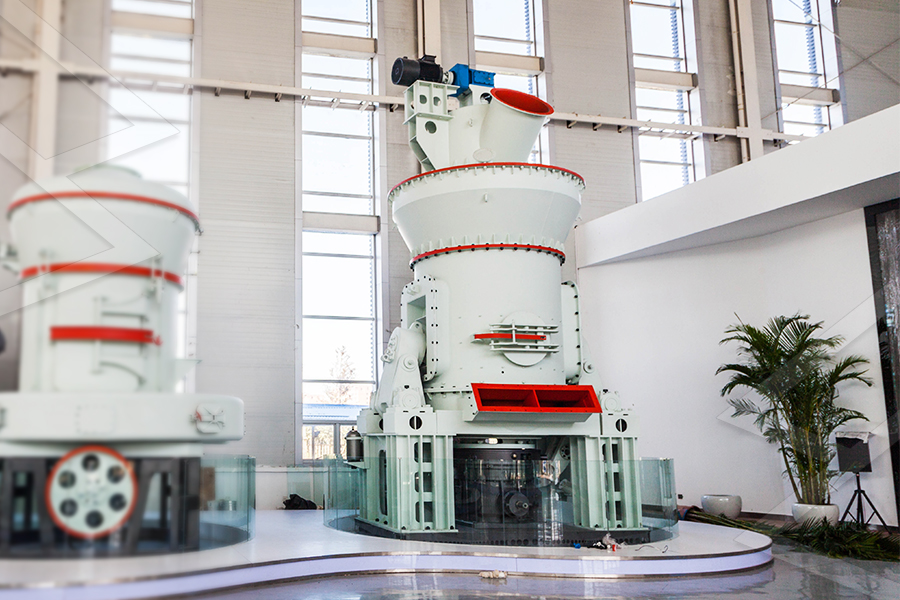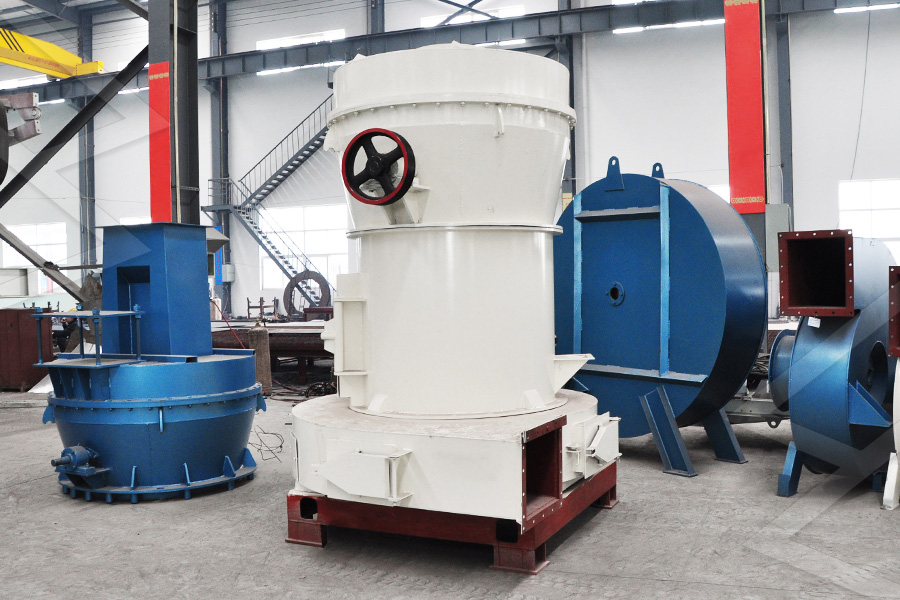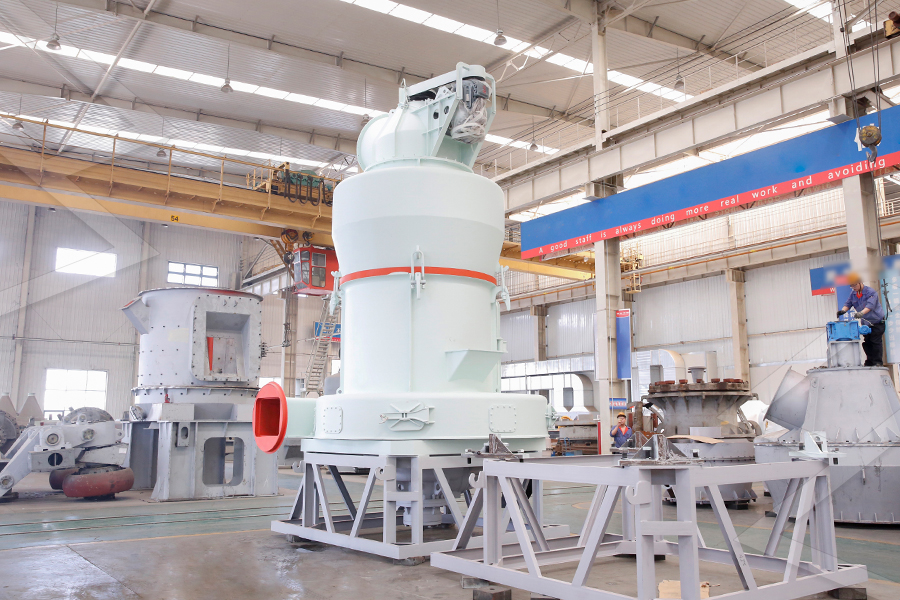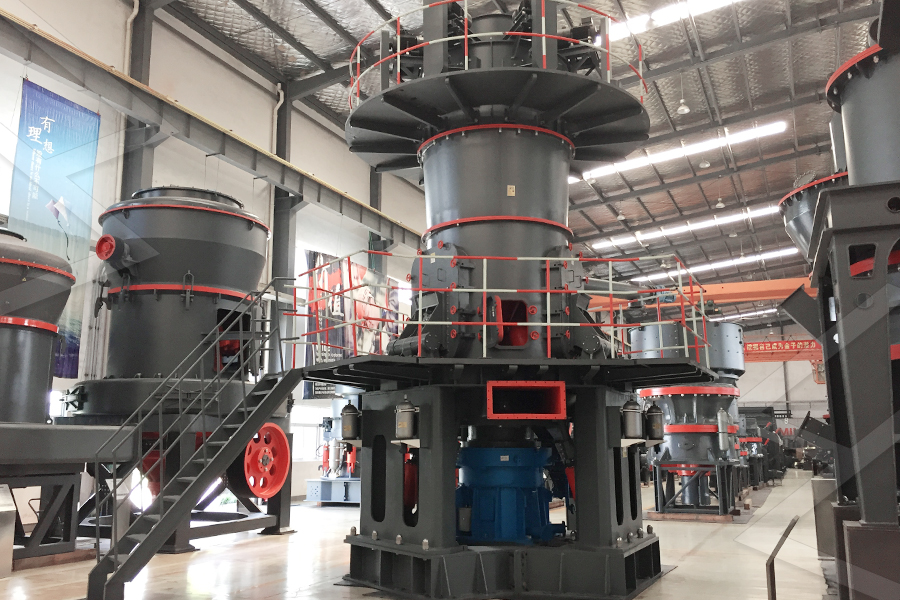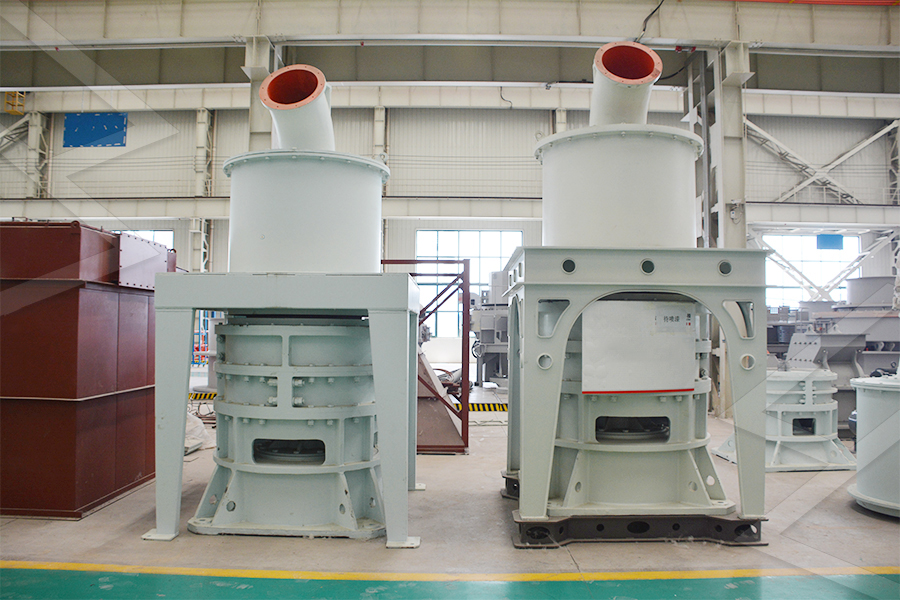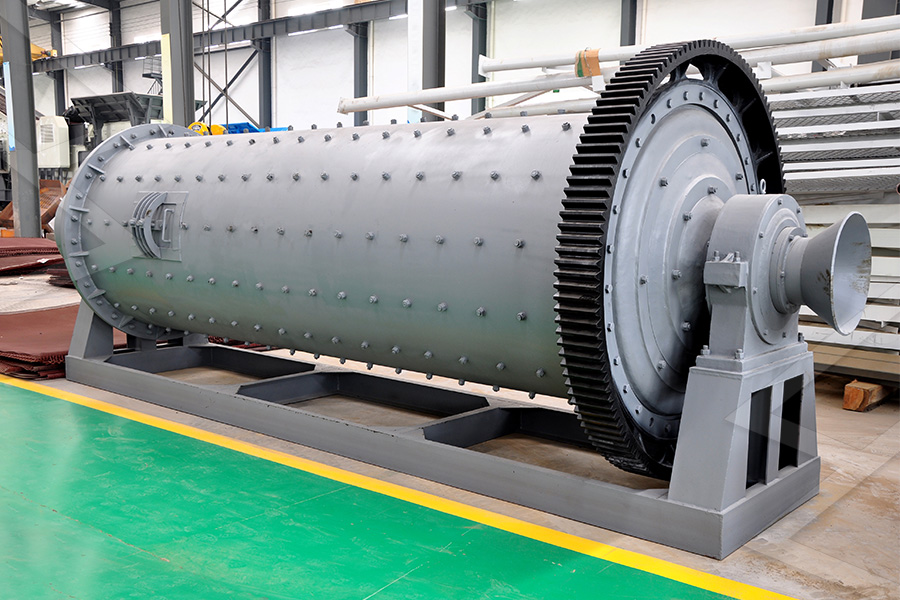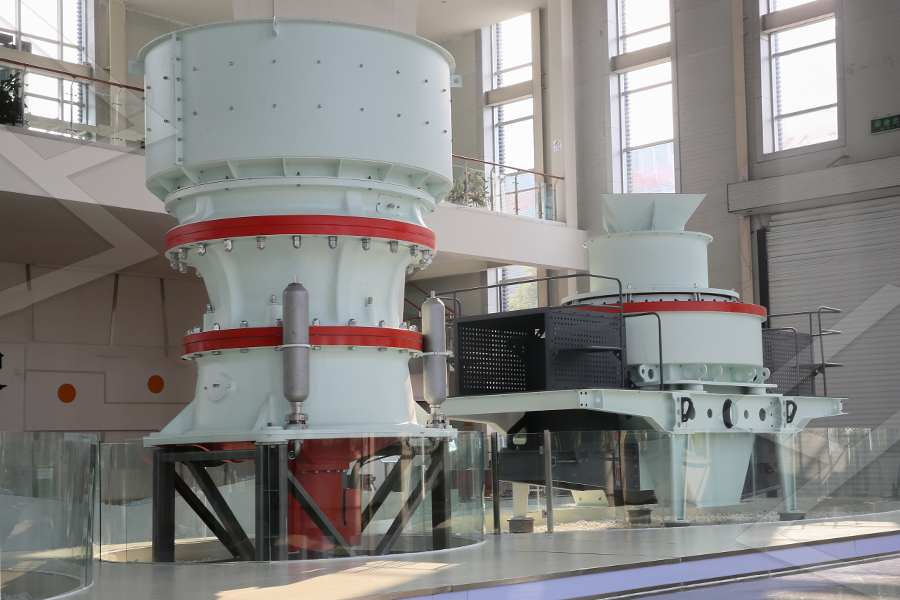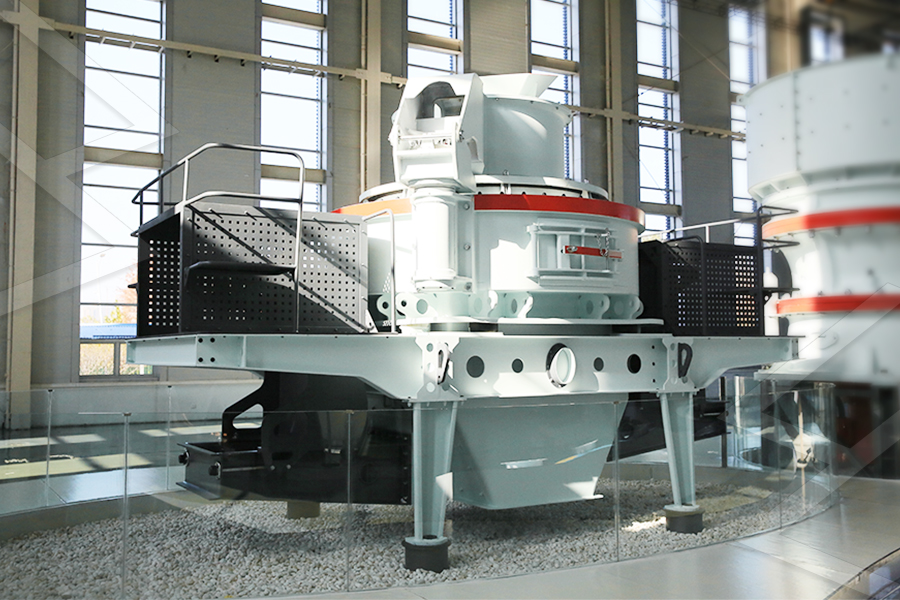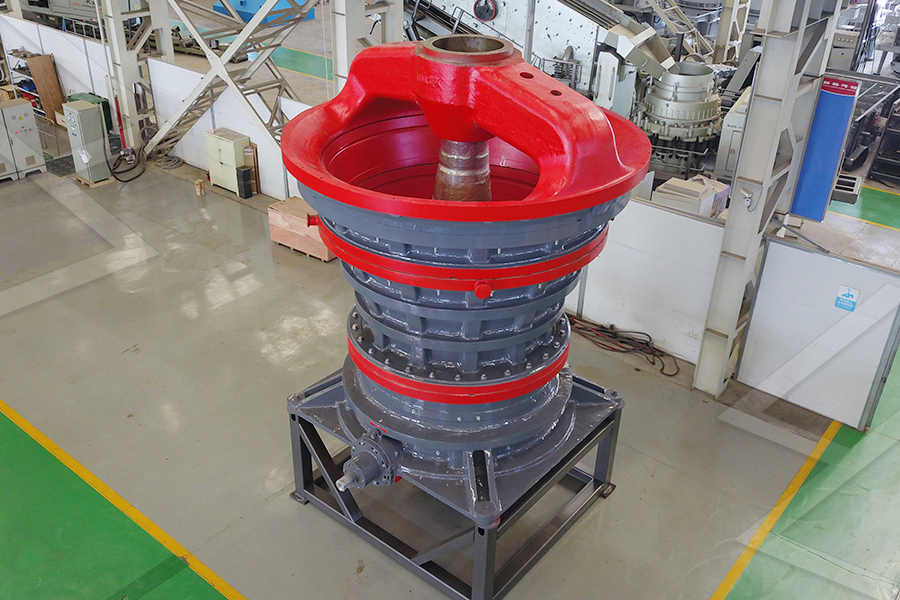The grinding line uses an airflow mill (also known as a jet mill) with a chamber volume of 0.3 m³—selected for its ability to produce ultra-fine powders without damaging fragile mica flakes. Unlike mechanical mills (e.g., ball mills), airflow mills use high-pressure air (8-10 bar) to accelerate particles, which collide with each other in a grinding chamber—minimizing contact with metal surfaces and reducing flake breakage. The mill is equipped with a ceramic liner (alumina) to prevent metal contamination, a critical requirement for cosmetic-grade materials.
Process Flow and Fineness Control
The grinding process begins with the pretreated mica flakes being fed into the airflow mill via a screw feeder at a controlled rate (0.8 TPH). High-pressure air, generated by an oil-free air compressor (to avoid oil contamination), is injected into the mill through nozzles, creating a turbulent flow that grinds the mica into fine flakes. The ground particles are then carried by the air stream to a cyclone separator, where the majority of the 380-mesh powder is collected. The remaining fine particles are captured by a HEPA filter (efficiency class H14), ensuring no product loss and minimal emissions.
To achieve the 380-mesh fineness, the mill’s operating parameters are precisely controlled: air pressure is maintained at 9 bar, and the feeder speed is adjusted to 15 rpm. A laser particle size analyzer is installed at the cyclone outlet, providing real-time data on particle size distribution. If the average particle size exceeds 38 μm, the air pressure is increased by 0.5 bar; if it is too fine (<35 μm), the feeder speed is raised to reduce residence time in the mill. This closed-loop control system ensures consistent fineness with a d50 (median particle size) of 36-38 μm.
